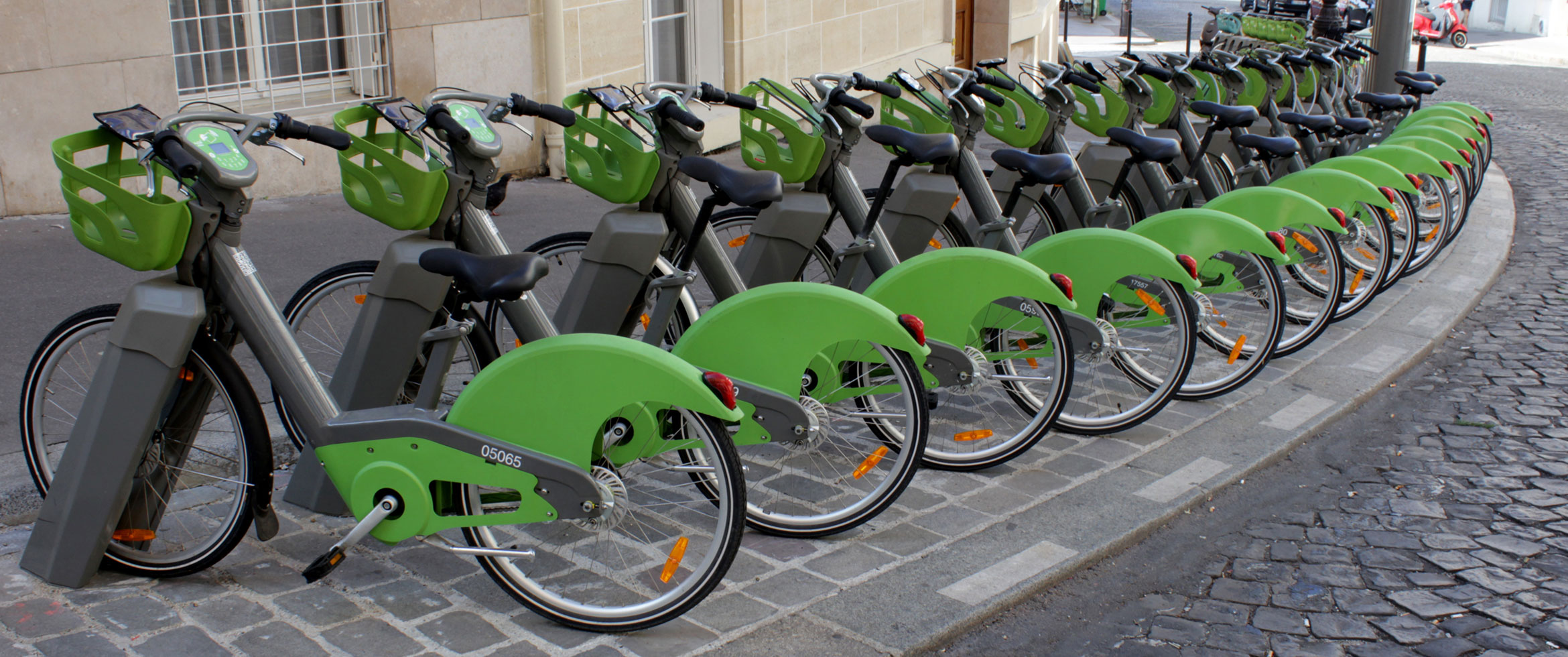Two New Landmark Travel Behavior Case Studies – “City of Austin’s Leave Time Travel Incentive” and “Seattle’s Just One Trip Phase II”
Looking for Model (1) Travel Behavior Programs and (2) Behavioral Building Energy Conservation Programs
Nominations for Landmark designation of (1) transportation behavior programs and (2) behavioral building energy conservation programs – ONLY ONE MONTH LEFT before nominations close.
Gasoline Conservation: A Procedure for Measuring and Reducing the Driving of College Students
Foxx, R. M. & Hake, D. F. (1977). Gasoline conservation: A procedure for measuring and reducing the driving of college students. Journal of Applied Behavior Analysis, 10, 1, 61-74.
Personal and Contextual Factors Supporting the Switch to Transit Use: Evaluating a Natural Transit Intervention
Brown, Barbara B.; Werner, Carol M.; Kim, Naree (2003). Personal and Contextual Factors Supporting the Switch to Transit Use: Evaluating a Natural Transit Intervention. Analyses of Social Issues and Public Policy, 3, 1, 139-160.
Comparing and Combining Theories to Explain Proenvironmental Intentions: The Case of Commuting-Mode Choice
Wall, R., Devine-Wright, P., & Mill, G. (2007). Comparing and combining theories to explain proenvironmental intentions: The case of commuting-mode choice. Environment and Behavior, 39(6), 731-753.
Light Rail Use is More Likely on Walkable Blocks: Further Support for Using Micro-Level Environmental Audit Measures
Werner, C., Brown, B., & Gallimore, J. (2009). Light rail use is more likely on walkable blocks: Further support for using micro-level environmental audit measures. Journal of Environmental Psychology, XX(X) (available online), 1-9.
Understanding and Mapping Institutional Impediments to Walking and Bicycling to School: A Case Study of Hillsborough County, Florida
Steiner, R. L., Bejleri, I., Wheelock, J. L., Boles, G., Cahill, M., Perez, B. O. (2008). Understanding and mapping institutional impediments to walking and bicycling to school: A case study of Hillsborough County, Florida. Transportation Research Record, 2074, 3-11.
Smarter Choices: Assessing the Potential to Achieve Traffic Reduction Using 'Soft Measures'
Cairns, S., Sloman, L., Newson, C., Anable, J., Kirkbride, A., Goodwin, P. (2008). Smarter choices: Assessing the potential to achieve traffic reduction using 'Soft measures'. Transport Reviews, 28(5), 593-618.
Child Transport Practices and Perceived Barriers in Active Commuting to School
Yeung, J., Wearing, S., & Hills, A. P. (2008). Child transport practices and perceived barriers in active commuting to school. Transportation Research Part A: Policy and Practice, 42(6), 895-900.



